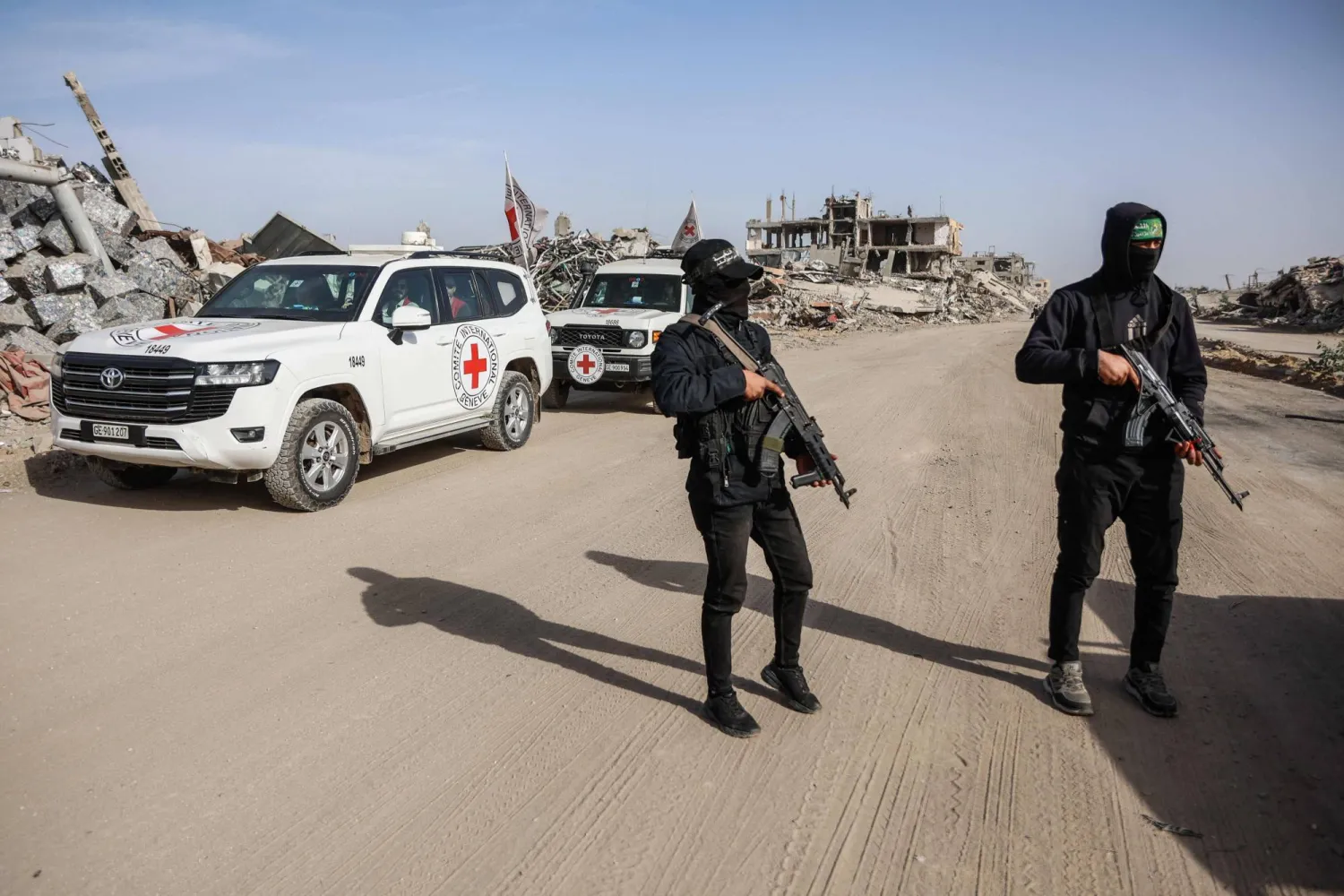The residents of the Yemeni capital Sanaa have expressed their fears over the dire environment and health conditions in their city, which is held by the Iran-backed Houthi militias, in wake of recent devastating floods.
The flooding has led to the inundation of sewage systems with waste sweeping the capital, turning its streets into veritable swamps and pools for diseases.
Local sources accused the Houthis’ so-called water and sewage authority of not performing its duty in removing debris and trash from blocking sewar systems that has led to the network’s flooding and overflowing onto the streets.
It has also done a poor job in pumping the standing water that has accumulated on the streets and residential areas and turned into prime spots for disease and infestations.
The sources told Asharq Al-Awsat that the authority has limited its work to cleaning areas where militia leaders live and it has deliberately neglected residential areas, leaving the people to fend for themselves against the flooding, diseases and infestations.
An engineer had previously accused the Houthis of neglecting the maintenance of the sewage system for years.
The system in Sanaa has all but collapsed, he told Asharq Al-Awsat on condition of anonymity.
Medical sources in the capital warned of the prolonged flooding of sewage waste and accumulation of water and trash on the streets.
They said the situation is prime for the spread of deadly diseases, such as cholera, malaria, diphtheria, typhoid and others.
The World Health Organization had this week declared that it was on alert for an outbreak of cholera and malaria in the war-torn nation given the ongoing torrential rain and ensuing flooding.









